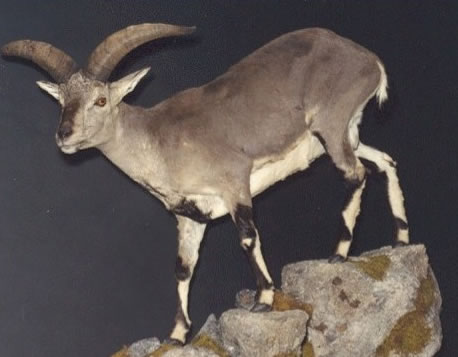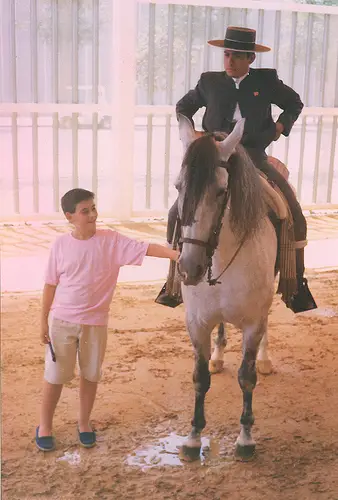Ocelot
The Ocelot has many names, Painted leopard, Manigordo, (mainly in Costa Rica) or Mcnenneys’s Wildcat. It is a wild cat through South and Central America, as well as Mexico. It has a length of up to 35 inches, not including it’s 18 inch tail, and weighs around 30 pounds.
This makes it the largest of the very dainty wild cat genus Leopardus. It is similar in appearance to the Margay, and also to some species of domestic cat.
The fur of this cat closely resembles the Jaguar, making it very valuable for it’s fur. Thousands of these cats were killed for their fur value, and it was classified as an endangered species form the 80’s until 1996, but was considered “least concern” in 2006.

Ocelot
The Ocelot is for the most part nocturnal(active at night), and extremely territorial. It will often fight to the death over what it may consider a territorial dispute.
It, like most cats, is solitary, usually only interacting with others of it’s kind during mating season, though during the day they rest in trees enjoying the cover of the dense leaves and will occasionally share space with another cat of the same sex.
An Ocelot is very well adapted to an arboreal (living in trees), but it is for the most part terrestrial, and takes to the trees only to find prey. Common prey includes almost anything smaller than itself, such as monkeys, rodents, snakes, fish, frogs, and birds.
It isn’t unusual for them to prey on domestic animals such as poultry and baby pigs as well which makes them unpopular with local farmers. They are said to follow their prey through scent as well as eyesight, and have very good vision, even at night, this is a common trait among felines.
When mating, the female will choose a den that is usually a cave in a rocky hill, a very dense thorny thicket, or a hollow tree.

Ocelot
The kittens, usually 2 to 4, are born in late autumn, and are blind and deaf, with only a thin coating of hair. Gestation is around 70 days, which is slightly longer than that of a domestic cat.
The Ocelot once roamed the Gulf coast in south Texas and could be found in Arizona, however now there presence is questioned, though it is possible that they still inhabit some small dense areas of thicket in south Texas.
The main reason for this change is the introduction of other animals such as dogs, and the building of roads. Many young cats are killed on the highways in their search for new territory.
Find out more about the Ocelot over at Wikipedia »


